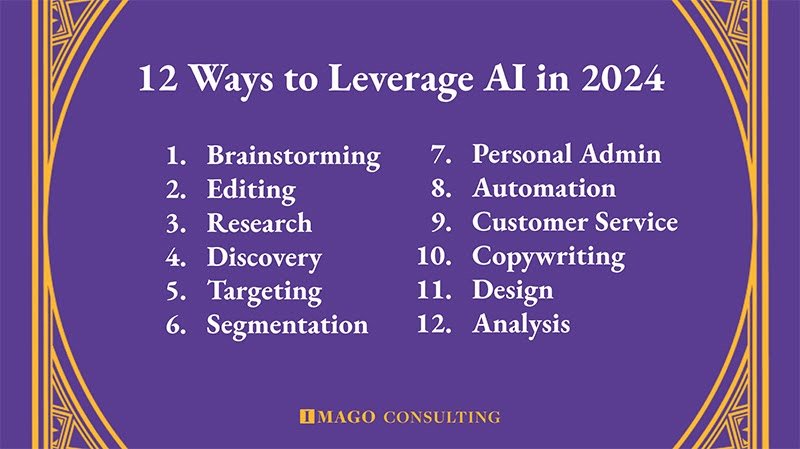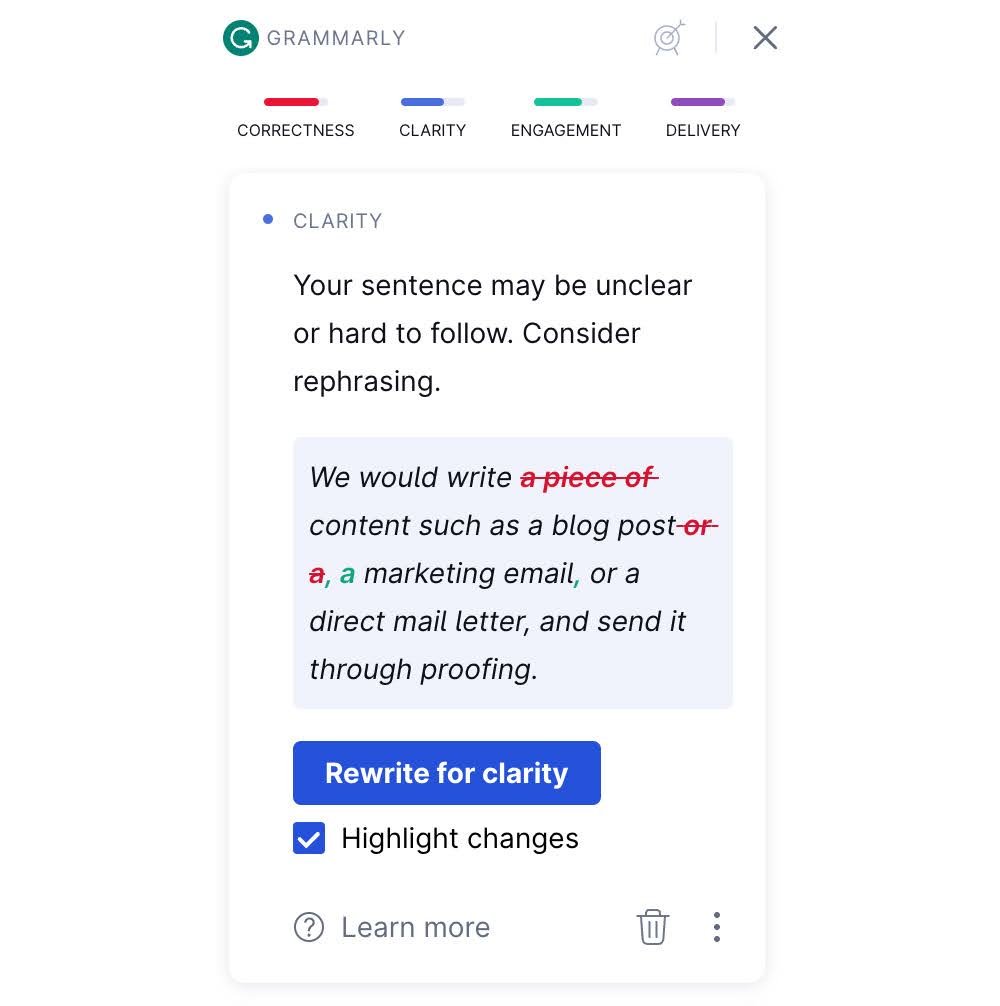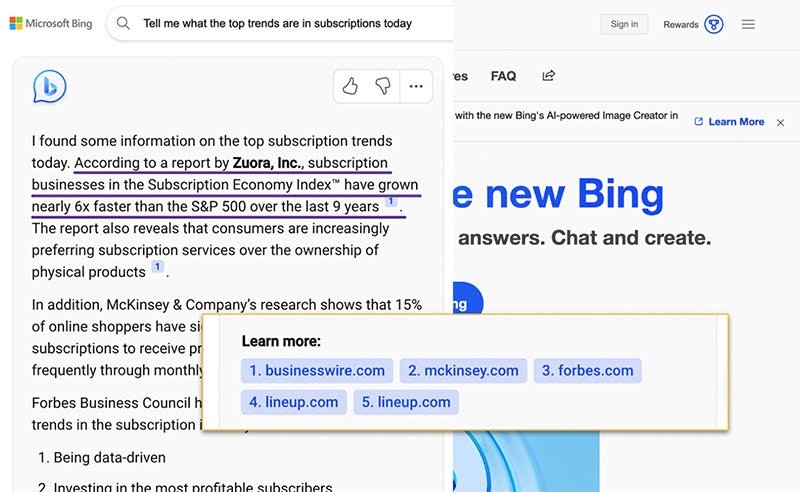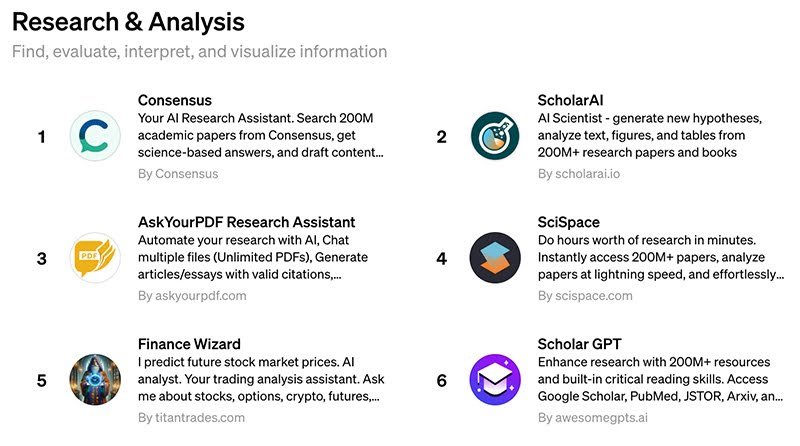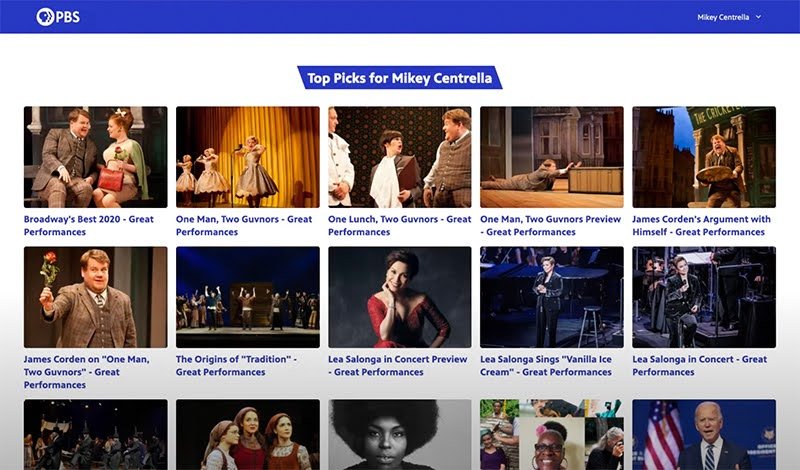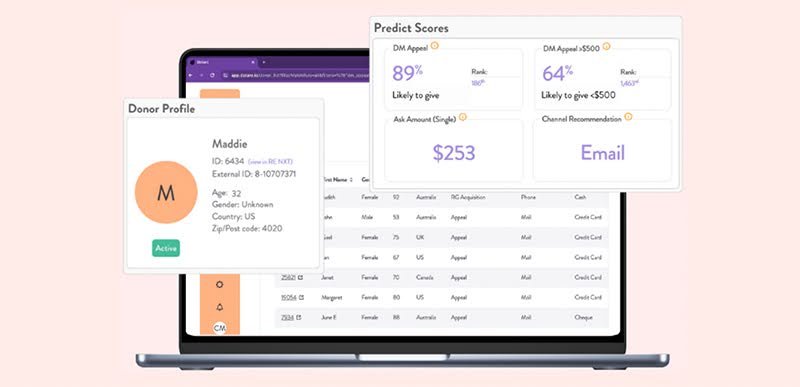12 Ways to Leverage AI in 2024 (Part 1)
In my 8 Trends to LEVERAGE in 2024 post, the number one trend I called out for leaders to put to good use in 2024 was Artificial Intelligence.
Trend to Leverage #1
ARTIFICIAL INTELLIGENCE:
AI will reach the peak of the hype cycle in 2024, leading to both disappointment and the emergence of more productive and effective uses of AI.
But how does one actually use AI? Many leaders, myself included some days, are still not quite sure what that means.
I’ve spent hundreds of hours researching, speaking on, experimenting with, and using different AI tools. I’ve used them in my own business and helped others use them in their organizations. I’ve also played a part in raising millions of dollars by leveraging AI technologies in fundraising.
I’ve also seen where leaders get hung up, paralyzed, and overwhelmed with AI – because I’ve been that leader. In fact, I am that leader most days… I have a degree in information technology, have built digital teams, and am technically minded. And yet, some days, I’m still overwhelmed.
Whenever I get overwhelmed, I think of my first computer coding class in college.
I remember sitting there, staring at the screen. We had a textbook that only covered the most high-level principles of coding. We had a professor, but he was more interested in catching Russian hackers than teaching students basic HTML and Javascript. That was when I had an epiphany – if I’m going to learn this, the only way is by diving in and trying.
The number one way to break through the overwhelm is to identify one thing you want to do, which type of AI might help you do that, and play with it. Only by playing around and trying will you learn what works for you and what doesn’t.
Over the next two Wave Reports, I will give you 12 practical ways to use AI and AI tools in your life and leadership. Let’s do it.
12 Ways to LEVERAGE AI in 2024
How can leaders put AI to good use in 2024? After dozens of hours of research, I’ve distilled it down to 12 different ways you can use AI tools this year.
Above: Twelve ways to make use of AI in 2024. AI is a collection of technologies and tools, like the internet, with many uses.
Today, we will cover the first six AI uses, and in the next Wave Report, we’ll cover the last six.
We’ll start with one of my favorites – using AI as a brainstorming partner.
1. BRAINSTORMING
Generating a wide range of ideas and concepts on a given topic, helping teams and individuals overcome creative blocks and expand their thinking.
One of my favorite uses of AI today is as a brainstorming partner. Large Language Models (LLMs) like OpenAI’s ChatGPT, Google’s Bard, Microsoft’s Copilot, and Automation’s Claude are all great for this.
Whether you are creatively stuck, want to generate alternative points of view, or just consider different approaches to a problem, consider asking your favorite AI.
I’ve spent dozens of hours putting together this list. I decided to ask ChatGPT to help me think of ways to put the list to good use:
Prompt: “I've developed a presentation based on 12 ways to leverage AI in 2024. Give me 10 ideas on how to present this content in different formats and mediums to maximize exposure.”
Result:
Above: An example brainstorming session with AI, asking for ideas to extend and repurpose a piece of content.
What are you working on right now where having a bunch of ideas to consider would be helpful?
Here are a few other examples of queries that I find helpful, but the sky is the limit:
Subject Lines - “Here is an email I’ve written [copy email text below] - please come up with 10 compelling subject lines.”
Marketing Strategies - “I’m working on a campaign for [fill in the blank]. Our objectives are [list objectives], and our goal is [goal]. Help me develop a list of 20 strategies we might employ to achieve our goal.”
Business Models - Describe what type of business you are in, what you do, and your goals, asking, “What are different [business/funding] models I should consider to grow my organization?” Here’s a personal example: playing with it for the kind of work I do.
Headlines and Copy - “Help write 5/10/20 headlines to encourage people to sign up to learn more and receive email updates” or “Give me 5 different paragraphs to summarize this idea [describe the idea, or copy/paste whatever you’ve written.”
Anything Else - You can use it to brainstorm places for dinner, activities at a gala or board retreat, questions to ask in an interview or team meeting, etc. The list of ways to use AI for brainstorming is only constrained by our imaginations.
Before your next planning or brainstorming meeting, consider using a tool like ChatGPT to generate a list of ideas to bring to the table to start the brainstorming. Humans are great at judging ideas – let the AI help generate them.
💡 Takeaway: AI can be an effective brainstorming partner to help generate a lot of ideas quickly, break through creative blocks, consider different approaches, get started, or just generate a list of things to consider.
Next, let’s look at the type of AI I use and find the most helpful – AI for editing.
2. EDITING
Editing content with real-time grammar, style, tone suggestions, and alternative approaches, helping writers improve the quality of their content.
Spellcheck has existed for decades, but I never expected there would be a technology that would go well beyond good spelling and grammar to suggest clearer ways to say things, write with fewer words, and enhance the impact of what I’m trying to say.
When I started in the advertising business, we had a proofing department. I quickly learned that proofreading was an essential part of the creative process. We would write content, such as a blog post, a marketing email, or a direct mail letter, and send it through proofing. It would come back, typically within a few hours, and the rounds of edits would begin. It might take a couple of days to proof a document, send it back and forth, and get to a final version.
Today, we can all have a personal proofreader working for us 24/7/365. Available instantaneously, never takes a break, and is very good. My proofreader is called Grammarly.
Above: An example of how AI-based editing with a tool like Grammarly helped me write a sentence with better clarity two paragraphs ago.
Note that there are still circumstances when a professional human editor is helpful.
AI isn’t very good at structural editing. For instance, you should utilize a human editor if you have longer content and need input on how it flows. Likewise, sometimes it’s important to have someone with knowledge of your field to help clarify your thinking and writing.
But for quick clarity and enhancing your communication, AIs like Grammarly are a gift.
💡 Takeaway: AI tools like Grammarly can help you improve your communications and content by being available to instantly suggest edits and improvements, extending beyond simple spelling and grammar.
Let’s now look at one of the more controversial ways to use AI tools – to inform and assist with research.
3. RESEARCH
Studying subjects to learn concepts, incorporating many different data sources, and summarizing vast amounts of information through cited sources.
AI tools are rapidly transforming the way we search the internet and conduct more formal research.
Research can begin with a simple question – “What are the top trends in subscriptions today?”
I like to use Microsoft’s tools like Bing AI or Microsoft Copilot to research topics such as this because they cite sources.
Above: When using AI for research, it’s important to be able to validate information at its source.
Sources are critical for two reasons. First, AI is known to hallucinate or generate content that is nonsensical or inconsistent with the provided source content. It’s always good to dig deeper, validate facts, and even check how old the information is – sometimes, the data is accurate but outdated.
The second reason sources are great is that in research, we often look for rich, original sources of information. AI tools may help us find the source, but then humans can take over, dig deeper, and bring understanding.
Speaking of rich sources of information… another emerging area is using AI to search academic research.
ChatGPT recently launched GPTs – an interface for third parties to create custom versions of ChatGPT that combine instructions, extra knowledge, and skills.
There are many GPTs specifically for research and analysis, including one called Consensus. Billed as “Your AI Research Assistant,” the GPT offers AI-powered search of 200 million academic papers.
💡 Takeaway: When used with discernment, AI tools like Microsoft Copilot and ChatGPT’s Consensus GPT can help users find information, trends, data, and research around nearly infinite topics.
The next way to leverage AI is something that anyone who uses Netflix or Spotify is familiar with. Still, it can be used for personal improvement and enhancing customer and donor experience.
4. DISCOVERY
Discovery of new products, services, or content that match a user's interests and needs through AI-driven recommendation engines.
There are two ways to leverage AI for discovery:
Discovery to improve yourself
Discovery to enhance your audience’s experience
Discovery to Improve Yourself
AI has powered a revolution in hyper-personalizing content to the individual. That might be Netflix recommending the next show for you to watch, Spotify the next song or artist you’ve never heard of, Facebook surfacing a post from a friend, or YouTube or TikTok suggesting the next video.
Generally, these types of AI-tailored experiences are considered frivolous or even time-wasting. And they are. But, if you are intentional, you can leverage the power of AI to help curate and bubble up content that may be relevant to you based on your interests, industry, past behavior, etc.
YouTube is my favorite tool of choice for discovering and understanding new trends. Because I watch videos about trends (like
Why Apple Could Win the Next Evolution of the AI Arms Race) YouTube’s algorithm is excellent at suggesting other content I might find interesting or helpful.
LinkedIn is another excellent social media platform for discovering content and trends. While content can tend to be more self-promotional, I’ve been continually impressed that when I log into LinkedIn, it’s generally curated content that is relevant and interesting to me.
Of course, it helps that it’s essentially the professional’s social network! (On that note, don’t hesitate to reach out and connect on LinkedIn – I also try to participate in the learning by sharing insights and trends.)
One caution, though – social media filter bubbles are a well-documented problem. What can happen is you only end up hearing from sources you already agree with and are interested in. If the algorithms only feed you content that reinforces what you already believe from people most like you, then you aren’t seeing new potential ideas or trends.
The next time you go onto your social or content platform, search for a topic you are interested in growing and learning more about. After clicking through a few things on a similar topic, the algorithm will start to serve you that type of content.
Discovery to Enhance Your Audience Experience
This is a little more advanced, but in 2024, you can leverage AI to help your audience better discover your content. Many organizations have a ton of content – there are increasingly accessible tools you can plug in to help people search for and find content and even have it recommended to them.
For example, two such tools from Amazon are Amazon Kendra and Amazon Personalize. Amazon Kendra is an intelligent search plugin that makes it easier for donors, customers, and employees to find the information they need when they need it. It can be used as an internal knowledge base search tool just as much as an external audience tool.
Amazon Personalize can be used to integrate personalized recommendations into existing websites, applications, email marketing systems, and more. It’s a little more technical, but for organizations with lots of content, it can be a powerful way to tailor and recommend content to each user.
One nonprofit example is PBS, which used Amazon Personalize to increase viewer engagement by serving relevant videos based on user behavior and data, helping viewers discover new and interesting content.
Above: PBS utilized an AI toolset from Amazon Personalize to create a custom recommendation engine to recommend content to viewers. See the PBS initial prototype here.
💡 Takeaway: AI tools can help individuals better discover content and information that pertains to their interests and needs and enable organizations to better tailor experiences for audiences through AI-powered recommendation engines like Amazon Personalize.
The final two uses of AI we’ll cover in this Wave Report have been powering marketing for years, enabling organizations to personalize and target messaging to the right people at the right time.
5. TARGETING
Targeting new audiences with the right message in the right channel utilizing behavioral and other data.
The adage is that marketing is about getting the “right message to the right person.” If you can find the right audience and get the right message in front of them, the rest is just details.
As we’ve gotten more sophisticated, I would add “at the right time and in the right channel.”
✅ Right Message
✅ Right Person
✅ Right Time
✅ Right Channel
In 2024, consider utilizing AI tools to target and grow your audience. Here are a few things to look for:
Lookalike Models. One of the most common types of AI, these models work by taking your existing audience and using data and machine learning to find people that “look like” your audience. This enables you to target messages in a focused way on these audiences, who are often more likely to convert.
Data Companies and Advertising Platforms often offer AI-based models to target new audiences using AI.
Advertising and Media Agencies are another great source of sophisticated models that help brands reach new audiences.
💡 Takeaway: AI tools can help organizations find and reach new audiences based on large sets of data, and the good news is that many platforms like Facebook offer nontechnical people the ability to use these tools, like lookalike models.
Targeting is about finding new audiences, but the last area we’ll cover in this Wave Report is utilizing AI to personalize and segment messages to our existing audiences better.
6. SEGMENTATION
Segmenting existing audiences to receive the right message at the right time in the right channel based on a wide range of criteria.
If targeting is about finding new audiences utilizing AI, then segmentation is about knowing when and what to communicate to your existing audiences.
Segmentation is not a new concept. Savvy marketers have used data for decades to determine who to communicate with among existing customers and donors. That segmentation has historically been relatively straightforward - based on recency, engagement, and value.
Today, AI-based machine learning models can incorporate far more data – behavior, spending, demographics, online activity, and more – and more accurately predict who should receive what message.
A few examples:
Data companies like Wiland and Dataro offer different tools to help segment existing audiences and determine when to send particular messages and to whom.
Marketing agencies like Masterworks have developed AI-based segmentation tools like MRI that has led to a 15% increase in net income by eliminating individuals who are unlikely to respond and including individuals who would have been left out. If you work with an agency, ask them if they have a machine learning-based segmentation tool you can test.
In the commercial sector, companies like Segment help businesses and nonprofits know their audiences and drive better segmentation and engagement.
Above: AI-based segmentation tools like Dataro Predict, Masterworks MRI, and many others help organizations by identifying which individuals from an existing audience should receive a message.
💡 Takeaway: Segmentation using AI can help you ensure you communicate the right messages to the right people in your audience. Talk to your existing providers about whether they offer AI-powered solutions to help you with segmentation. Platforms like your CRM or marketing automation, marketing agencies, or data partners can provide these tools.
Soon, we’ll review the final 6 Ways to Leverage AI in 2024, from using AI as your own personal admin to AI in customer service, copywriting, and automation.
Your Homework
In the meantime, indulge me. I’d love for you to pick just one of the ways I’ve outlined in this Wave Report to leverage AI and play with it. Log in and give it a try. The only way to ultimately learn is by diving in and trying. I learned that lesson over 20 years ago in computer coding class, which still serves me well today.
Until next week… Surfs Up! 🌊
- Dave
P.S. New Podcast Alert: Breakthrough Insights from Mentoring 5,000 Executive Leaders at Organizations like Chick-fil-A. This last week, our most recent podcast episode went live on the Purpose & Profit Podcast. Check it out if you are interested.
About the Author | Dave Raley
Consultant, speaker, and writer Dave Raley is the founder of Imago Consulting, a firm that helps non-profits and businesses create profitable growth through sustainable innovation. He’s the author of a weekly trendspotting report called The Wave Report, and the co-founder of the Purpose & Profit Podcast — a show about the ideas at the intersection of nonprofit causes and for-profit brands.
Want to receive insights like this weekly?
Every Friday, we send out The Wave Report, highlighting one trend or insight “wave,” from donor and consumer trends to innovation in different industries or new models for growth.
Subscribe today to receive free weekly insights in your inbox here:

